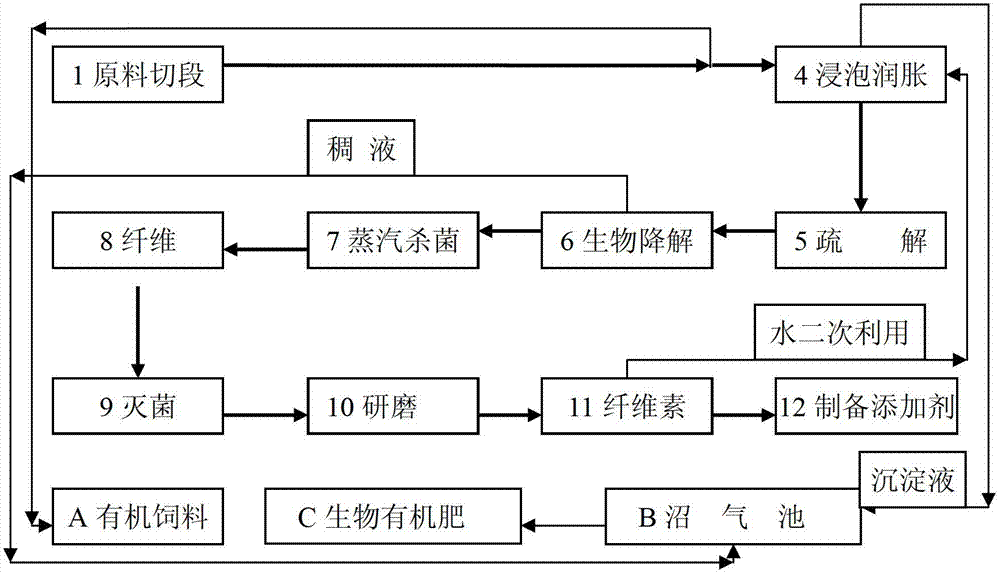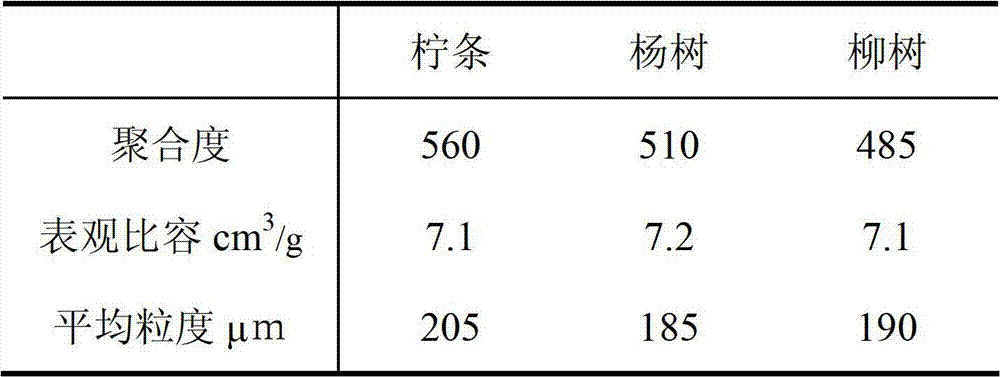Rheinheimera tangshanensis and method for preparing cellulose for additive using same
A technology based on Rhineemeria Tangshan and Rhineemeria, applied in the direction of microorganism-based methods, biochemical equipment and methods, fiber raw material treatment, etc., can solve the problem that chemical preparations cannot be separated from waste liquid and cannot achieve effective recycling Utilization, organic matter cannot be reused, etc., to achieve the effect of saving coal consumption, low production cost, and improving purity and yield.
- Summary
- Abstract
- Description
- Claims
- Application Information
AI Technical Summary
Problems solved by technology
Method used
Image
Examples
Embodiment 1
[0027] The configuration of embodiment 1 bacterial liquid
[0028] The biological bacteria used in the present invention have been preserved on April 6, 2012 at the General Microorganism Center (CGMCC, No. 1, Beichen West Road, Chaoyang District, Beijing) at the General Microorganism Center of the China Microbiological Culture Collection Management Committee, and the preservation number is CGMCC Rheinheimera tangshanensis No.5972.
[0029] Mix the above-mentioned biological bacteria with water to form a bacterial liquid, the density of the formed bacterial liquid is more than 60 million bacteria / ml, and set aside.
Embodiment 2
[0030] Embodiment 2 prepares fiber from woody raw material
[0031] Using caragana as raw material, the cellulose preparation method when woody raw materials are used is described in detail. The other woody raw materials, such as the cellulose preparation method of poplar and willow, can be carried out with reference to this process.
[0032] For details, please refer to figure 1 , the process flow of the cellulose preparation method is divided into three stages: a preparation stage, a cellulose section and a by-product section.
[0033] (1) Preparation stage: 1-4
[0034] 1)-2): Separate the harvested caragana from the bark. Air separator or other mechanical separation can be used. After the bark is separated, the bark is sent to the organic feed workshop for processing feed, and the bark after peeling is sent to the next program.
[0035] 3) Cut the rod into sections on a cutting machine, the length is 3-4cm, and the bevel is better to increase the penetration area.
...
Embodiment 3
[0052] Embodiment 3 prepares cellulose from herbal raw materials
[0053] Using wheat straw as a raw material, the cellulose preparation method when the herbal raw material is used is explained in detail. The other herbal raw materials, such as the cellulose preparation method of straw and reed, can be carried out with reference to this process.
[0054] For details, please refer to figure 2 , the process flow of the cellulose preparation method is divided into three stages: a preparation stage, a cellulose section and a by-product section.
[0055] (1) Preparation stage: 1, 4
[0056] Cut the wheat straw into 4-5cm sections, put them into the soaking chamber or soaking tank for washing and cold soaking, first wash away the soil and other sundries on the surface of the raw materials, and soak at the same time, the water temperature is natural temperature, and the time is based on soaking and swelling Whichever, 10-12 hours. After repeated immersion, the liquid becomes turbi...
PUM
 Login to View More
Login to View More Abstract
Description
Claims
Application Information
 Login to View More
Login to View More - R&D
- Intellectual Property
- Life Sciences
- Materials
- Tech Scout
- Unparalleled Data Quality
- Higher Quality Content
- 60% Fewer Hallucinations
Browse by: Latest US Patents, China's latest patents, Technical Efficacy Thesaurus, Application Domain, Technology Topic, Popular Technical Reports.
© 2025 PatSnap. All rights reserved.Legal|Privacy policy|Modern Slavery Act Transparency Statement|Sitemap|About US| Contact US: help@patsnap.com



